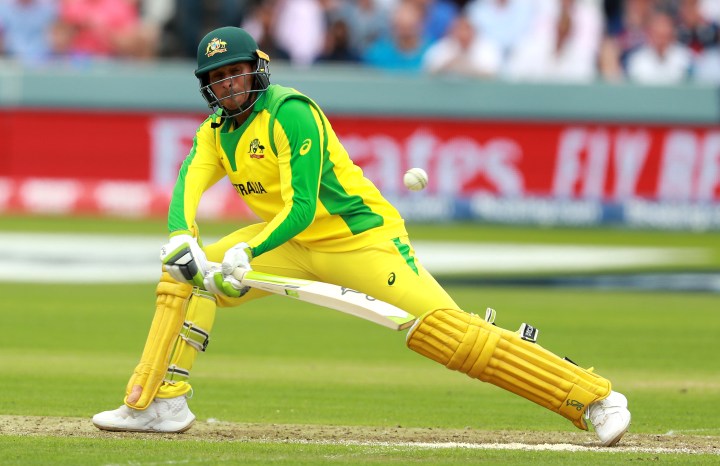2019 TOURNAMENT
Cricket World Cup finally finds a winning formula

After 12 tournaments and nine different formats, has the 2019 ICC Cricket World Cup, at last, stumbled upon a format that works?
Thank goodness for gracious hosts. Until England’s generous defeat to Australia at Lord’s, the 2019 ICC Cricket World Cup was trundling towards two weeks of foregone conclusions and dead-rubber fixtures. The four semifinalists were pretty much locked in (India, Australia, New Zealand, England); the only thing yet to be determined was the order they would finish in.
Pakistan, Sri Lanka, Bangladesh and the West Indies all looked out of the running. South Africa, meanwhile, were languishing down at the Afghan end of the table, already eliminated and with nowt but pride and #ProteaFire to play for. Yet they all still had to stick around in England for two long weeks and (for South Africa) two utterly meaningless matches.
Questions, then, were being asked about the wisdom of the tournament format – and rightly so. After all, by placing all 10 teams into one Group Stage pool, and making each play against the others over five long weeks, before sending the top four teams into the semifinals, the ICC always ran the risk of ending up in a situation like that.
But spare a thought for the tournament organisers. This is the 12th ICC Cricket World Cup, and the ninth different competition format.
In 1975 and 1979 there were two groups of four teams, each playing the other once, with the two in each group going into the semifinals. Then 1983 and 1987 had two groups of four teams, each playing the other twice, with the top two in each group going into the semifinals. But wait! – 1992 had one group of nine teams, each playing the other once, with the top four going into the semis. No, hang on… in 1996 you had two groups of six teams, with the top four in each going into the knockout quarterfinals. Not good enough. In 1999 you had two groups of six teams, but then the top three in each went into another group, called the Super Six, and the top four in that group went into the semis.
Breathe.
Still with us? Probably not, because 2003 had two groups of seven teams, and the top three went into the now-pluralised Super Sixes, with the top four from there going into the semis. Then 2007 changed that completely, with four groups of four teams, and the top two in each group going into the Super 8 group stage, and the top four there made the semis. Stop me if you’re lost, because 2011 and 2015 went back to two groups, this time of seven teams each, with the top four in each going into the knockout quarterfinals.
And now this.
Each format was flawed in its own way. In 1996, for example, South Africa comfortably won all of its group games, but then one bad day against the West Indies in the quarters left the tournament without (arguably) its best team. In 2007 India had two bad days, losing to Sri Lanka and Bangladesh, with their early elimination leaving the leaving the tournament without (inarguably) its best television audience.
The 2019 ICC Cricket World Cup tournament format is – like 1992 – the cleanest and easiest to understand. But – as in 1992 – as the competition took shape, the top four teams emerged fairly quickly, and as teams saw their top-four hopes fading, the tournament was left facing the horrible reality of a dozen or more pointless, dead-rubber games.
For those of us looking at two weeks of largely meaningless cricket matches, the tournament format looked like a colossally stupid idea.
Then England lost – first to Sri Lanka, and then to Australia – and suddenly the top four didn’t look so clear after all. Gracious hosts that they are, England have inadvertently brought life and interest back into the tournament.
Going into the last week of Group Stage games, only Australia are certain of a semifinal place. New Zealand should make it (but might not). India should make it (but may soon learn the difference between games in hand and points on the board). England could make it (but can’t afford to lose to New Zealand, who can’t afford to lose either). Pakistan might make it (and who’d best against them?). And – with a washout here and a surprise result there – any one of Sri Lanka, Bangladesh and the West Indies may well end up sneaking in as well.
At this stage, only Afghanistan and South Africa are really out of it. For the rest of the World Cup, it’s Game On.
And at last, it looks like the ICC Cricket World Cup has found a tournament format that actually works. DM


















 Become an Insider
Become an Insider